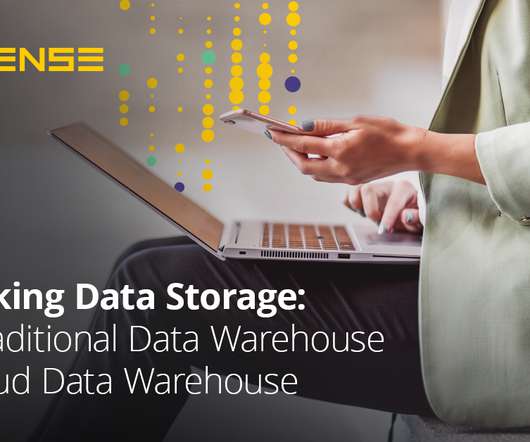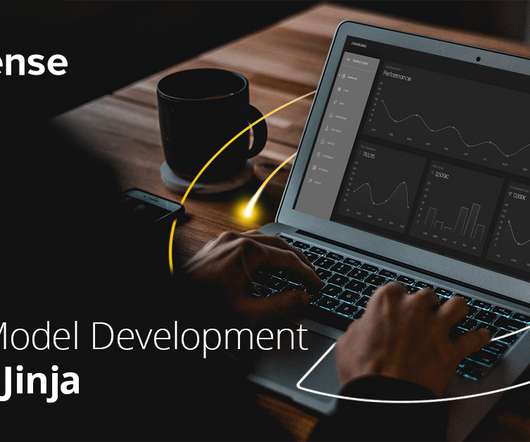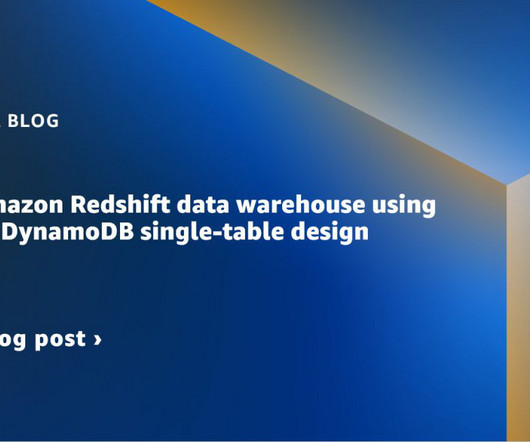The Future of AI in the Enterprise
Jet Global
AUGUST 14, 2019
While the technology behind enabling computers to simulate human thought has been developing, at times slowly, over the past half-century, the cost of implementation, readily available access to cloud computing, and practical business use cases are primed to help AI make a dramatic impact in the enterprise over the next few years.
















Let's personalize your content